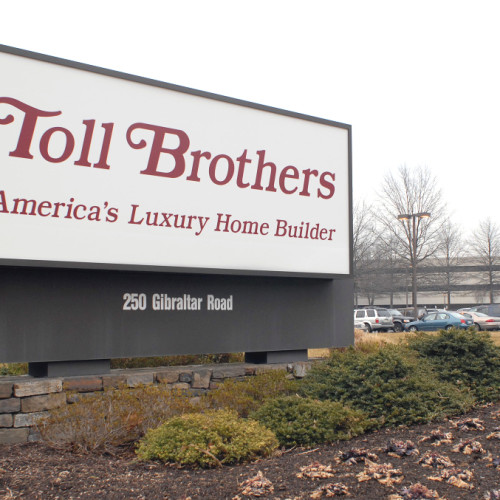How Small and Medium Builders are Finding Dirt
BuilderOnline
By Brian Croce
For 25 years, Bob Schroeder worked for a family-owned builder in Michigan that developed its own lots. He’s no stranger to the process of finding, entitling, and developing land, but it’s a part of the industry he thought he’d left behind when he started Mayberry Homes in 2002. That wasn’t the case. With lots growing more difficult to find coming out of the downturn, Schroeder soon realized that local land developers were not keeping pace with builder demand. Those developers, he says, struggled during the recession and were mainly looking to unload their standing inventory rather than develop new parcels once the market rebounded.





